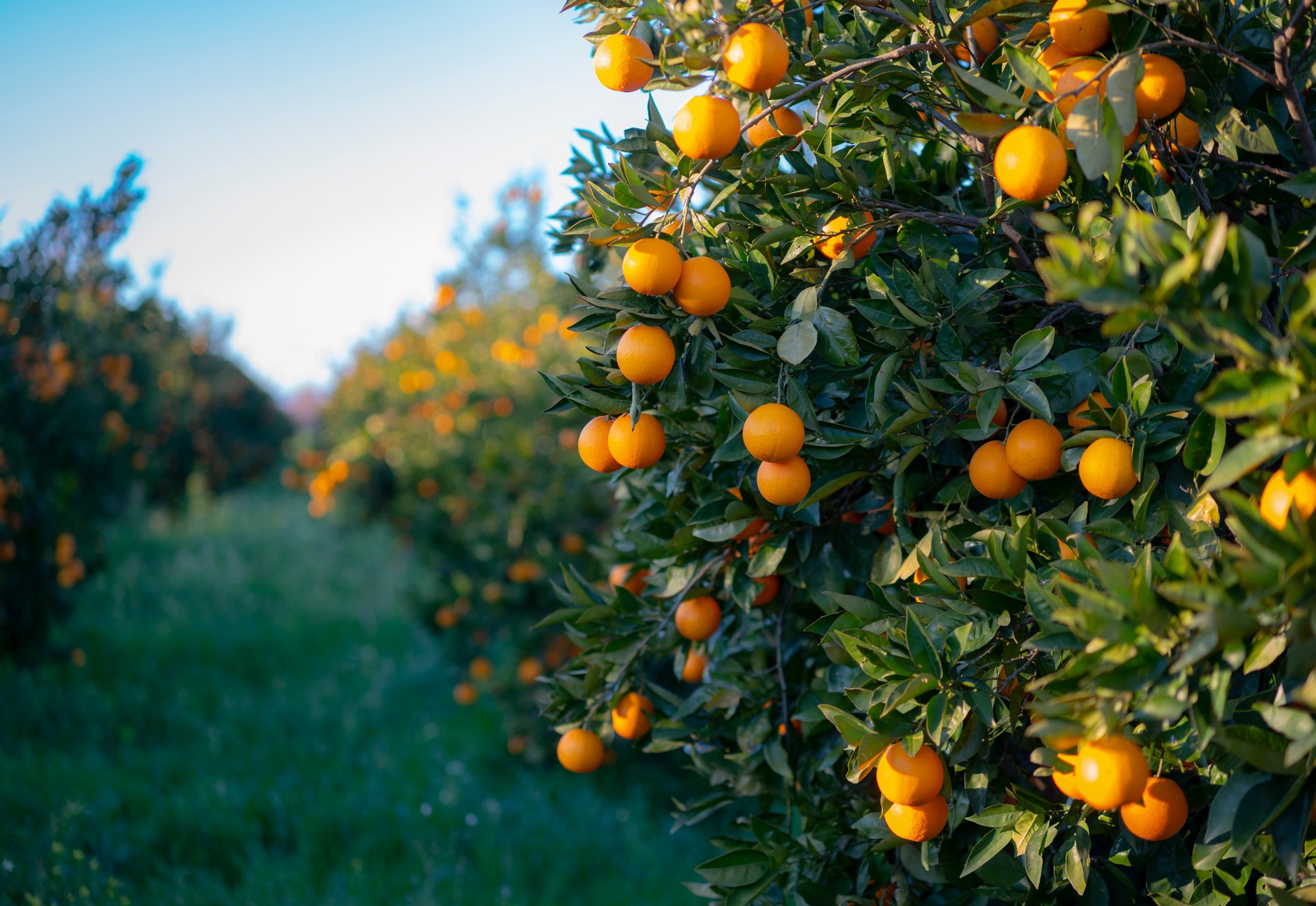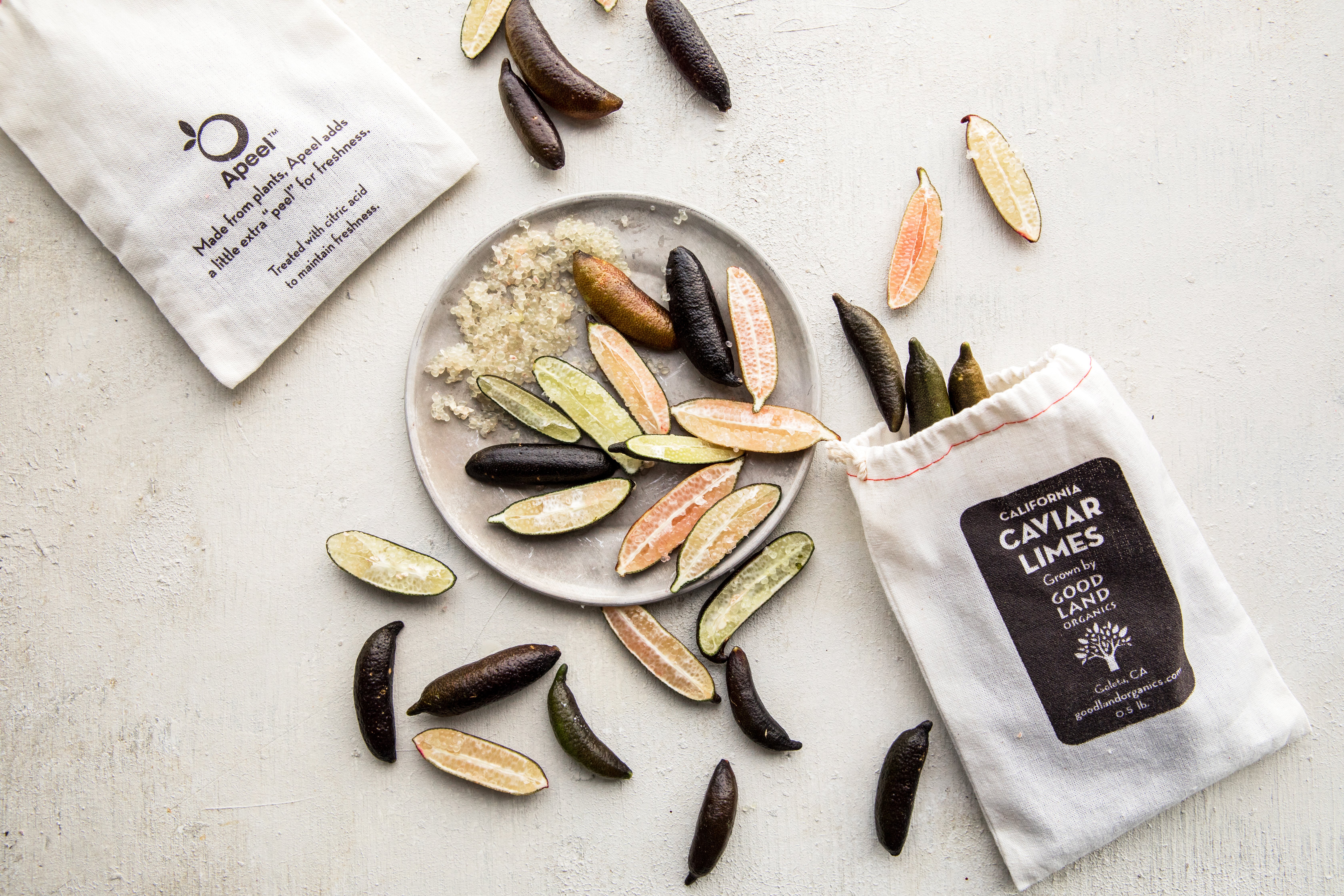The sweetness of an orange, the tartness of a lemon. They look related, yet they taste so very different. But what we find even more delicious is the history of how they came to be. And how they are, of course, intertwined.
It all begins way back in the Miocene epoch, which was 23.3 - 5.3 million years ago, and actually continues through today. For many, many centuries, citrus continues to be a staple all around the world, and in China, is even still given as gifts.
To see how far these delicious gifts have come, join us on a taste of citrus history.
Ancient fruit
Fossil records suggest that the Citrus Genus dates back to 7 million years ago, and originated in the Himalayas before spreading throughout Southeast Asia. There are five ancient species of citrus from which all modern varieties were created: the small flower papeda (Citrus micrantha), citron (Citrus medica), pomelo (Citrus maxima), mandarin (Citrus reticulata), and kumquat (Citrus japonica). Sounds familiar, right?
What’s more fascinating is that these five ancient varieties are all unique with their own taste and consistency, but have similar enough genomes that allow them to easily crossbreed. Additionally, these hybrids are fertile, allowing them to continue to populate, unlike seedless bananas or watermelons. So this cross-pollination began in nature, but once humans got a hold of citrus, we did what we do best: We experimented and tinkered, and eventually created different blends of citrus — an orange that was perfectly sweet, a lemon that was beautifully tart, and so on.
Citrus flourishes in the Mediterranean or semi-tropical climates. Of course, there are many varieties in its home continent of Asia, but in the United States, citrus is most commonly grown in sunny Florida and California.

So what makes a citrus a citrus?
You can recognize a citrus tree as a large shrub or moderate-sized tree, each with five-petaled flowers that are generally strong in scent. Of course, the real giveaway is the fruit itself, considered a hesperidium (that’s a berry with a leathery rind) with a pericarp (AKA, its peel) concealing the fruit. Each citrus fruit has zest (the outermost layer of the peel), a pith (middle layer), and pulp and seeds (the center layer) (UCLA).
One reason citrus continues to be such a hero of fruits is for its high vitamin C (ascorbic acid) content, something that humans need in their diet to fight off many dis. The amount of vitamin C in each type of fruit varies on the species, variety, and, of course, the method of cultivation of the fruit.

Image via Agricolae [CC BY-SA 4.0], from Wikipedia Commons
And now, a little citrus chemistry...
Now, here’s where we love to nerd out about our fruit. Although sweet oranges have been bred for their saccharine taste, you may have noticed that juice that has been left to sit out had a distinct tang or bitterness. This is due to a chemical component called limonin and a process called "delayed bitterness". Almost all citrus have limonin, which is why this occurs in almost every citrus drink (picture the mouth-puckering that happens when you buy way-too-bitter lemonade at a neighborhood lemonade stand). Limonin gets produced when the fruit is squeezed and enzymes break down the limonin glucoside. This action takes time, hence the delayed bitterness. In order to have long lasting sweet fruit juices, the limonin, and limonin glucoside have to be extracted.

Under threat
Citrus, for all its marvelous mutability and variation, faces a number of threats. The most well known is “citrus greening disease” (also called huánglóngbìng or HLB). It is a bacterial disease transmitted tree to tree by sap-sucking insects (phyllids) that originated in Asia and spread rapidly around the world, reaching the United States in 2005. It causes shrunken, misshaped, and bitter fruits to develop, before eventually killing the tree. To prevent the spread of greening disease and other citrus diseases—and to avoid a hefty fine—it is incredibly important that plant material (whole plants, twigs, leaves, and yes, even the fruits) not be transported, even neighborhood to neighborhood within a city, and to purchase citrus plants from a reputable nursery. For more information, see SaveOurCitrus Resources.
Biodiversity and mini citrus
As mentioned previously, citrus is known for its high levels of successful cross breeding. The majority of commercial citrus are results of crosses and what we call back crosses between pomelos, mandarins, and citron. In fact, most of the citrus that you know and love are results of hybrids! Take, for example, the common sweet orange. Every sweet orange you pick up from the grocery store contains a blend of pomelo genes and mandarin genes.
Even more interesting? This cross breeding has brought into the world many wonderful types of mini citrus. For example, Good Land Organics, a farm located in Goleta, CA, grows caviar limes named for the little “balls” inside the outer peel. They’re a tart treat that is perfect for flavoring water or serving on top of fish.

Next time you give a lemon or lime a grateful squeeze, or peel a perfectly sweet orange, take a moment to appreciate how long Citrus has been around, and how far it’s come as a species.
Are you a citrus grower who is looking to elongate your produce’s lifespan? Fill out our product inquiry form so that we can connect with you! If you’re hungry for more fruit facts, follow us on Instagram or Facebook to get a daily dose of Apeel!
To check if Apeel is at a grocery store near you, click the button below!


